Why Do Cats Have Whiskers? The Answer May Surprise You
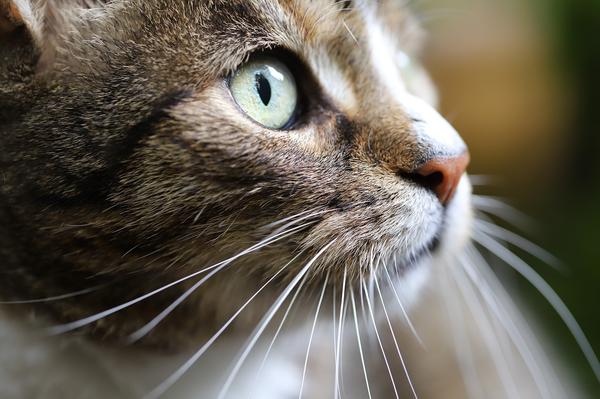
Ever wondered why those little furry felines have those long, wispy strands on their faces?
Are you intrigued by their mysterious sensory powers?
Well, hold onto your scratching posts, because we're about to embark on a whisker-filled adventure. 😺
You're probably sitting there thinking, "What's the big deal about those fuzzy appendages?"
Trust me, I get it.
But hey, why not join me on this whisker quest and unravel the secrets of our marvelous whiskered companions?
Let's dive in, shall we?
The Protection and Hunting Benefits of Cat Whiskers
Cat whiskers serve as a vital tool for hunting and protection. They help cats detect prey by sensing air currents. Whiskers also act as a defense mechanism, warning cats of potential threats. Surprisingly, cats have whiskers on their legs too, aiding in their tree-climbing adventures.
Cat whiskers are not just there to make your furry friend look adorable, my friend. They have some serious purposes!
Let me tell you what those whiskers do for cats.
First and foremost, they help these agile hunters gauge the movement of their prey.
You see, cats have super-sensitive whiskers that can detect even the slightest air currents created by a mouse scurrying across the floor.
It's like nature's own radar system!
But that's not all—these amazing whiskers also act as a shield for cats' precious eyes.
When an object comes dangerously close to their beautiful baby blues, the whiskers tell cats to back off immediately.
Talk about instinctual defense mechanisms we could all use, don't you think?
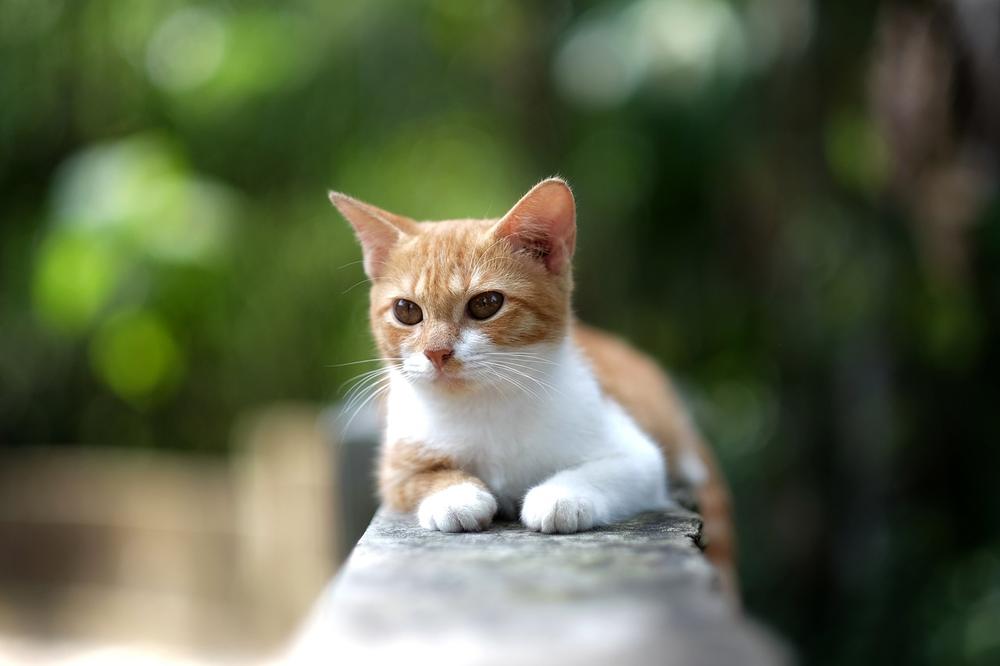
And here's something surprising:
Cats have whiskers on their legs too.
Yes, their legs...
These leg whiskers come in handy during their adventurous tree-climbing expeditions.
They let cats know about any potential threats or movements in their surroundings so they can stay one whisker length ahead of danger.
Now that you understand the importance of these whiskers, you can better support your feline companion's all in all well-being. After all, cats are smart creatures—they need every tool they can get to thrive in both the wild and at home.
And you know what, my friend? If you're curious about why your cat scratches around his food and how to stop it, I have just the solution for you.
Check out Why Does My Cat Scratch Around His Food for my helpful guide on this scratching behavior.
It's packed with tips and insights that will ensure your furry friend can enjoy mealtime in peace.
Trust me, it's a game-changer!
The Anatomy of Cat Whiskers
Every cat has whiskers that can move independently and sense with precision. There are typically 4-5 rows of whiskers on their upper lip, arranged symmetrically with 12 on each side.
As cats age, these whiskers may turn grey or darker, but they still perform their function effectively.
The whiskers are thicker and longer than the rest of their fur, and they actually match the width of their body.
It's nature's way of maintaining balance. If you come across a bigger cat, you can expect some pretty substantial whiskers too.
These whiskers have an organized layout, just like Noah's Ark, with four horizontal rows of three.
During their growth cycle, whiskers undergo periods of growth, dormancy, and shedding, similar to other hair. They're not invincible!
But lost whiskers eventually regrow, joining their pals in the group of whiskers.
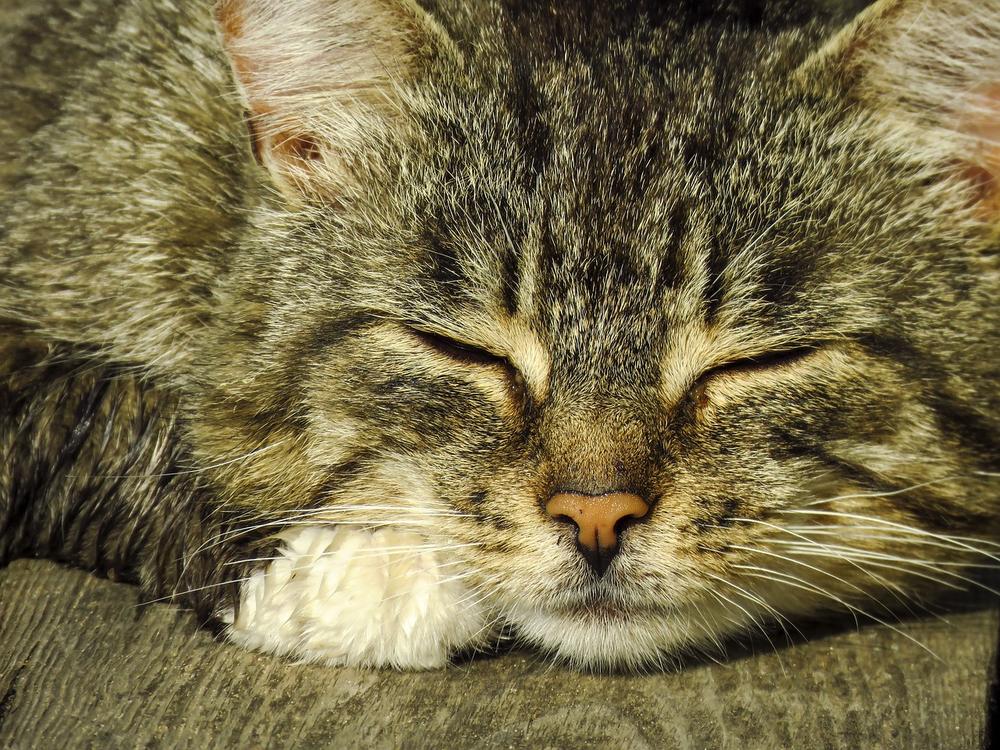
Now let's explore where these sensory hairs, aka vibrissae, can be found.
Cats have them above the eyes, ears, jaw, forelegs, chin, and even near their feet.
Whiskers are abundant all over their face and body.
They serve a crucial purpose beyond aesthetics. Cats rely on them to sense their surroundings.
These remarkable whiskers allow them to detect subtle changes in air currents, navigate through darkness, and gauge narrow spaces.
So don't think you can sneak up on a cat without being noticed by its whiskers. Next time you admire a cat's whiskers, take a moment to appreciate the intricate anatomy that makes them such effective sensors.
But have you ever wondered how these remarkable whiskers actually work?
How do they enable cats to navigate their surroundings with such precision?
The Sensitivity of Cat Whiskers
Here's what you need to know about cat whiskers, my friend:
- Whiskers help cats find their way around.
- These hairs are super sensitive to touch and vibrations.
- Whiskers have loads of nerves and follicles that respond to tactile info.
- They let cats detect objects and nearby movements.
- Whiskers work like a radar system, picking up vibrations and changes in the surroundings.
- The tips of whiskers have organs that sense vibrations.
- Whiskers help cats figure out distance and space.
- Cats move their whiskers to hunt and understand their environment.
- Don't push on their whiskers too much - it can tire them out.
- Using food and water dishes that don't fit right can tire out their whiskers too.
- Cats may feel stressed if they have to squeeze their whiskers into narrow bowls.
- Losing whiskers might mean the cat has health problems like allergies, infection, trauma, or acne.
Now that you get how crucial whiskers are to a cat's world, you're in the know!
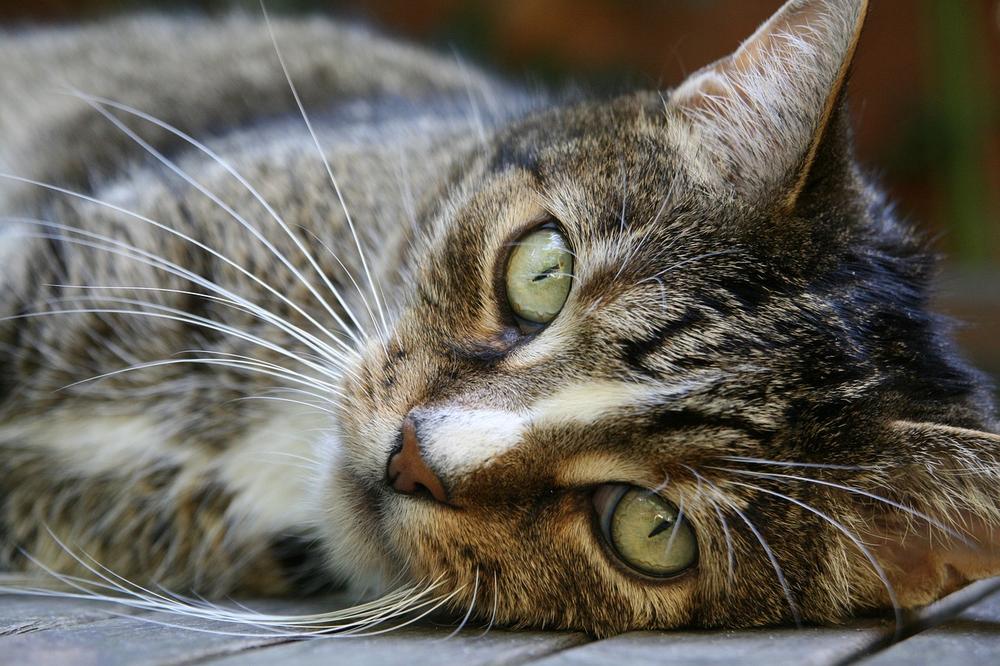
And here's another fascinating fact about cat whiskers - they can actually reveal a lot about a cat's emotions and well-being!
So, not only are whiskers essential for their physical navigation, but they also serve as a crucial communication tool.
Let me break it down for you...
The Communication Role of Cat Whiskers
A cat's whiskers serve as their emotional communication tool, revealing important clues about how they feel.
With a keen eye, you can decipher a lot about your furry friend's mood and well-being by observing the positioning and arrangement of their whiskers.
Happiness and curiosity are revealed through relaxed and forward-facing whiskers, like little antennas of joy.
On the other hand, rigid and pulled back whiskers hint at an underlying sense of threat or unease.
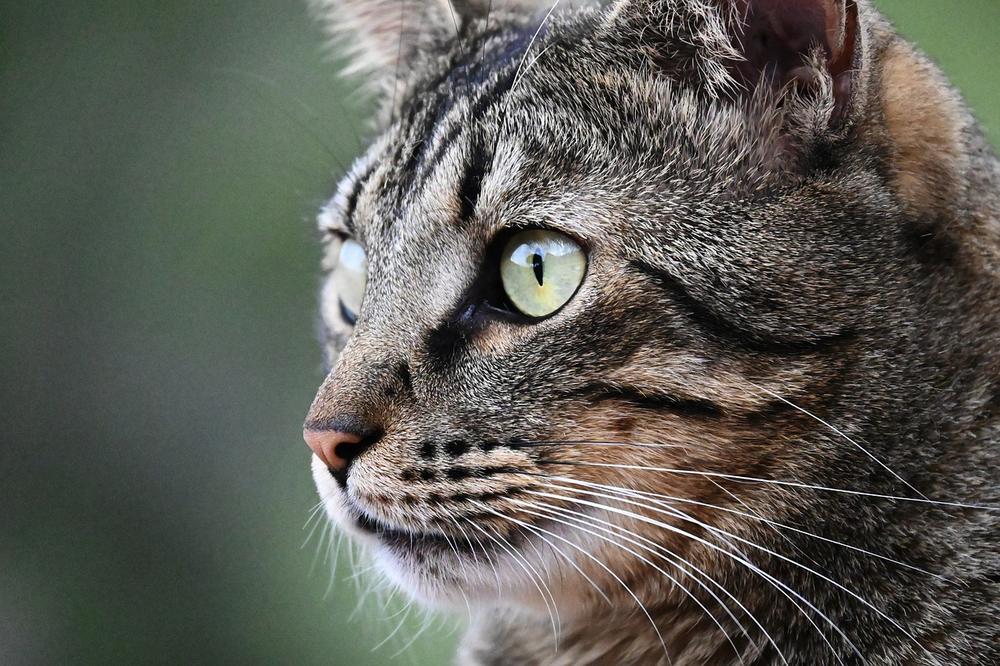
But it doesn't stop there. The way their whiskers position themselves can also shed light on their contentment or fear.
Relaxed and droopy whiskers show contentment, while pinned back whiskers signal fear or anxiety. By paying attention to these tiny indicators, you can better understand and connect with your beloved feline companion.
And if you're as curious as I am about cat communication, you'll definitely want to check out my article Why Do Cat Tails Shake or Quiver.
It's the perfect guide for understanding what those tail movements signify in your furry friend's behavior.
Trust me, it's a must-read for all cat lovers like us!
| Purpose and Function of Cat Whiskers | Description |
|---|---|
| Measuring distance and width | Cat whiskers can help cats gauge the width of openings and determine if they can fit through tight spaces. Whiskers are approximately as wide as a cat's body, allowing them to judge if they can pass through an opening without getting stuck. |
| Sensing air currents and movement | Cat whiskers are extremely sensitive to changes in air currents, helping cats detect movement in their surroundings. This allows them to sense approaching objects or animals even in low light conditions. |
| Enhancing spatial awareness | Whiskers provide cats with important information about their immediate surroundings, such as the presence of objects, obstacles, or predators. They can help cats navigate through complex environments and avoid collisions. |
| Determining surface texture | By brushing against objects, cat whiskers provide tactile information about the texture and composition of surfaces. This helps cats identify whether a surface is smooth, rough, or potentially dangerous. |
| Communicating emotions and intentions | Cat whiskers are also used for communication. When a cat is feeling threatened or aggressive, their whiskers may be pulled back against their face. Conversely, relaxed and content cats will have their whiskers spread outwards. |
Cat whiskers act as tiny GPS and radar systems that help your feline friend navigate and explore the world around them.
They play a crucial role in a cat's spatial awareness, acting as a built-in ruler to measure tight spaces and determine if they can squeeze through.
Whiskers also have superpowers when it comes to helping cats understand their orientation. The cells in the whisker follicles provide something called proprioception, which is like an internal compass that helps cats know which way is up. When cats jump or fall, these whiskers act as a ground detection system, guiding them to land on their feet like acrobats. Whiskers are like antennas that pick up signals from the environment, detecting changes in air currents and vibrations caused by nearby objects.
Cats use their whiskers to feel their way around, especially in low light situations, preventing them from bumping into things.
Whiskers also match the width of a cat's body, allowing them to accurately judge distances and avoid collisions.
In addition, proprioceptors at the tips of the whiskers provide cats with information about distance, direction, and surface texture, taking navigation to the next level.
What Happens When a Cat's Whiskers Are Cut?
Cutting a cat's whiskers can cause stress, disorientation, and hinder their ability to navigate effectively. It disrupts their crucial sense of touch and perception, leading to confusion and anxiety. Whiskers should only be cut if absolutely necessary, as they play a significant role in a cat's overall well-being.
Cutting a cat's whiskers can cause stress, disorientation, and hinder their ability to navigate effectively.
It disrupts their crucial ability to accurately perceive and understand their surroundings by touch and sensing.
But no need to panic!
If your cat's whiskers are trimmed or damaged, they will eventually grow back.
However, it takes around 6 weeks to 3 months for them to reach their functional length once again. So you ought to be patient.
You might observe some changes though...
The newly grown whiskers may have a different color, but this has no impact on their function whatsoever.
Phew!
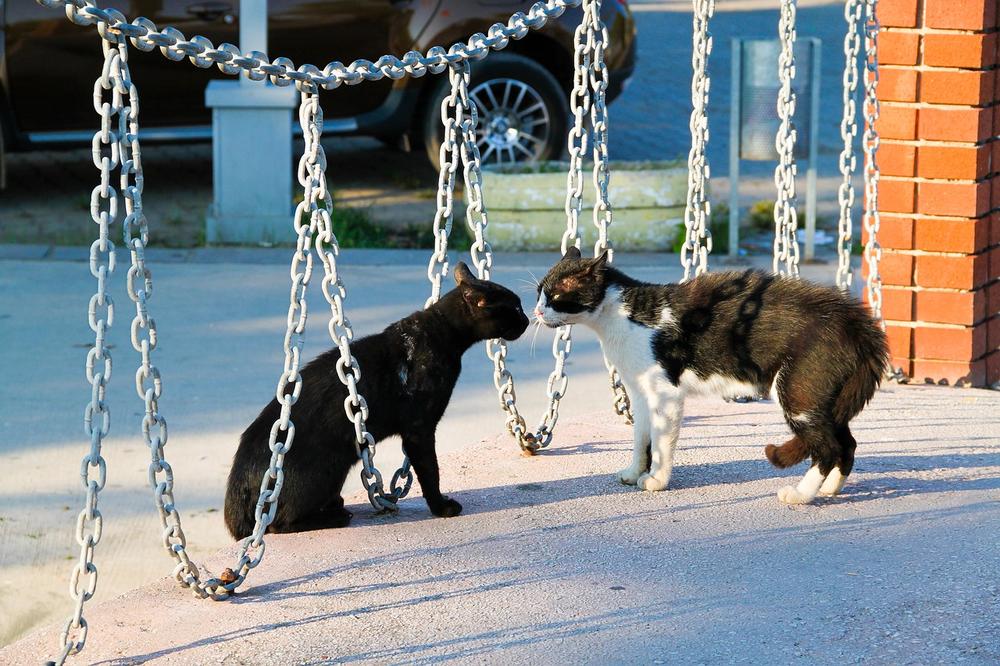
But here's the catch...
Cats heavily rely on their whiskers to navigate and sense their environment.
Therefore, cutting these whiskers can disorient and frighten your adorable companion.
Imagine this scenario:
Your cat may become confused and stressed without their essential sensory input.
And let's be honest, nobody wants an uncertain and anxious feline friend.
Why?
Because whiskers play a fundamental role in a cat's spatial awareness, facilitating effective navigation through their world.
Whiskers should only be cut if absolutely necessary.
They are not just charming accessories – they are significant for your cat's overall well-being!
The Essentiality of Cat Whiskers in Feline Care
Key Takeaways:
- Cat whiskers serve multiple purposes, from sensing prey to protecting vulnerable spots.
- Cats have a total of 24 whiskers, with 12 on each side of the muzzle.
- Whiskers are highly sensitive to touch and vibrations, allowing cats to judge distance and space.
- Position and arrangement of whiskers can indicate a cat's mood and emotional state.
- Whiskers assist cats in navigation, tight spaces, and nighttime movement.
- Cutting a cat's whiskers can cause stress and disorientation.
- It takes 6 weeks to 3 months for trimmed or broken whiskers to grow back.
- Trimming whiskers disrupts a cat's ability to accurately feel and navigate.
- Whiskers play a crucial role in a cat's spatial awareness and should not be cut.
And that wraps up today's article.
If you wish to read more of my useful articles, I recommend you check out some of these: Why Do Cats Lift Their Bum When You Pet Them, Why Do Cats Yawn So Much, Why Do Cat Eyes Dilate, Why Do Female Cats Hump, and Why Do Cats Watch You Poop or Pee
Talk soon,
-Sarah Davis